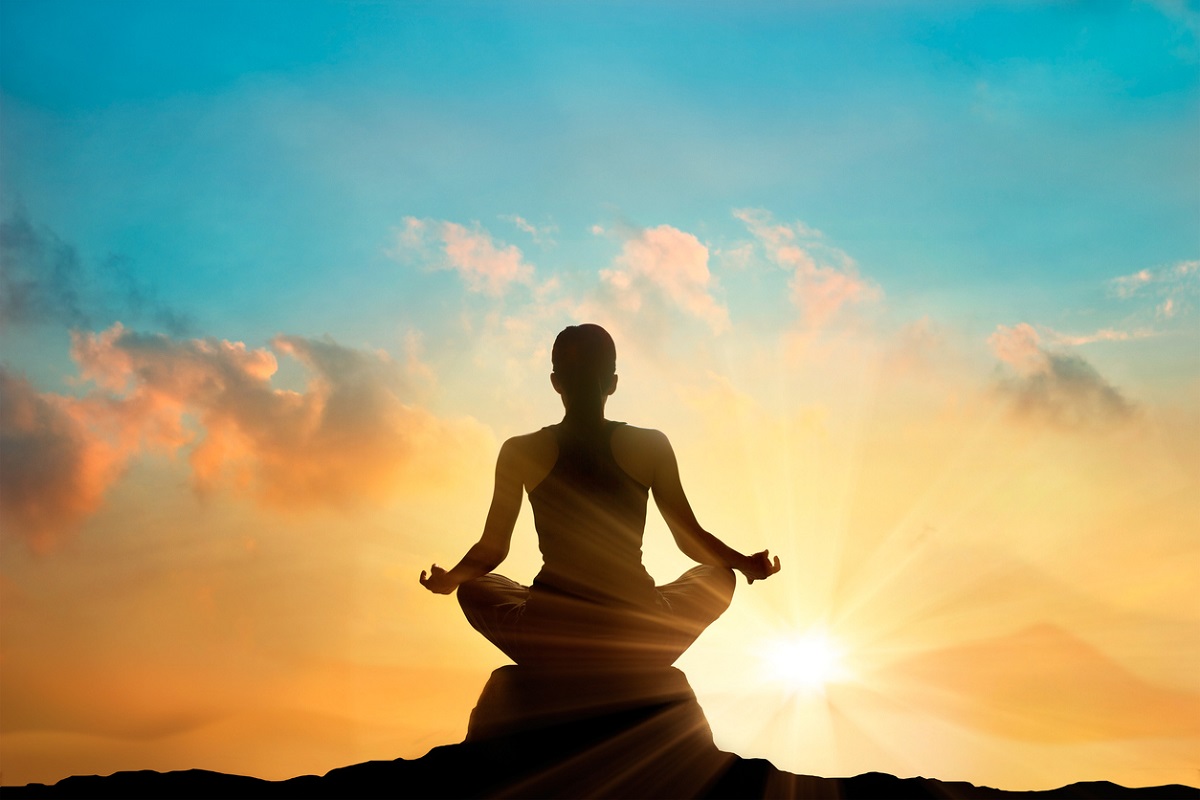Dealing postpartum Depression with Yoga:Birth of a child brings joy in every young parent’s life. However, for some it also brings in unusual mental issues, although temporarily but having a long-term impact called postpartum depression.
After childbirth, most new mothers have postpartum “baby blues,” which include mood changes, crying bouts, anxiety, and problems sleeping. The baby blues usually start two to three days after delivery and can linger for up to two weeks.
Advertisement
However, some new mothers suffer from postpartum depression, which is a more severe and long-lasting form of sadness. After delivery, an intense mental illness known as postpartum psychosis may occur. Yoga, along with professional medical care gives great hope to all those young mothers who suffer from postpartum depression. The good news is yoga along with professional help and good medical care the situation can be reversed.
According to the WebMD website, Postpartum depression isn’t a defect or a weakness in anyone’s character. Sometimes it’s just a side effect of giving birth. If you suffer from postpartum depression, getting help as soon as possible will help you manage your symptoms and bond with your baby.
What is Postpartum Depression
PPD (Postpartum depression) is a complicated mix of physical, mental, and behavioural changes that some women experience after giving a child. PPD is a kind of serious depression that develops within four weeks of giving birth. The intensity of the depression, as well as the amount of time between birth and beginning, are used to diagnose postpartum depression.
PPD has been related to the chemical, social, and psychological changes that occur after a baby is born. Many new moms go through a variety of physical and mental changes as a result of their pregnancy. According to doctors medication and counselling can be used to treat PPD.
“After birth, the chemical changes include a fast reduction in hormones. The precise relationship between this decline and sadness is yet unknown. However, it is known that during pregnancy, the levels of oestrogen and progesterone, the female reproductive hormones, increased tenfold. Then, following birth, they plummet. The levels of these hormones return to pre-pregnancy levels three days after a woman delivers birth”.
In addition to these chemical changes, having a baby causes social and psychological changes that raise the risk of depression.
After giving birth, most new moms endure the “baby blues.” After delivery, about one out of every ten of these women will have a more severe and long-lasting depression. About one in every 1,000 women develops postpartum psychosis, which is a more dangerous disorder.
Dads aren’t exempt. According to a study, one out of every ten new fathers experiences depression during the first year of their child’s life.
PPD in fathers
According to the Mayo Clinic, Fathers can also suffer from postpartum depression. They may feel sad or tired, overwhelmed, anxious, or have changes in their normal eating and sleeping routines, all of which are indications of postpartum depression in moms.
Fathers who are young, have a history of depression, have marital issues, or are financially strapped are the most vulnerable to postpartum depression. Paternal postpartum depression, also known as postpartum depression in fathers, can have the same detrimental impact on partner interactions and child development as postpartum depression in women.
PPD Treatment
Depending on the type of symptoms and severity, postpartum depression is treated differently. Anti-anxiety or antidepressant drugs, counselling, and involvement in a support group for emotional support and information are all alternatives for treatment.
How does Yoga help with PPD?
Postpartum yoga is a low-intensity, modified yoga practice. After delivery, your body undergoes several changes. This style of yoga is intended to aid in the recovery of your body. During the first three months following delivery, postpartum yoga provides the biggest advantages.
It has been demonstrated that it reduces the risk of postpartum depression. Yoga can help you maintain a healthy energy level, regulate your blood pressure, and relieve tension and anxiety.
Art of living said, “Yoga is a great way for new parents to adjust to their new duties. It pushes the body to slow down and the mind to clear, and it gives you skills to profoundly relax and find calm no matter what’s going on around you. You’ll feel energised after the practice, with more clarity and tranquillity. The benefits of physical activity on postpartum bodies are merely a bonus.”
“Your body, as well as your mind, require time to mend and relax following the birth of a child. Both can benefit from postpartum yoga, also known as postnatal yoga. After giving birth, this type of yoga focuses on recuperation and repair, and it can help with stress and despair.” said, WebMD











